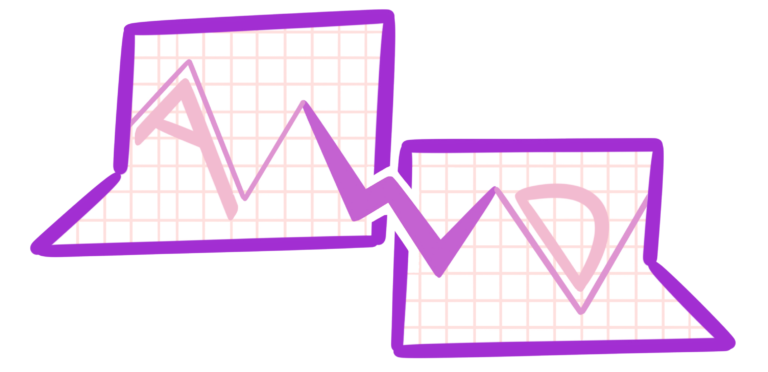Chapter 2 Quiz (Version A)
In this quiz, students will be tested on types of variables (categorical, ordinal), including hybrid data and indices. This should take 20–30 minutes to complete., In this quiz, students will be tested on types of variables (categorical, ordinal), including hybrid data and indices. This quiz also covers percentages, percent changes, and percentiles. This should take 20–30 minutes to complete.

